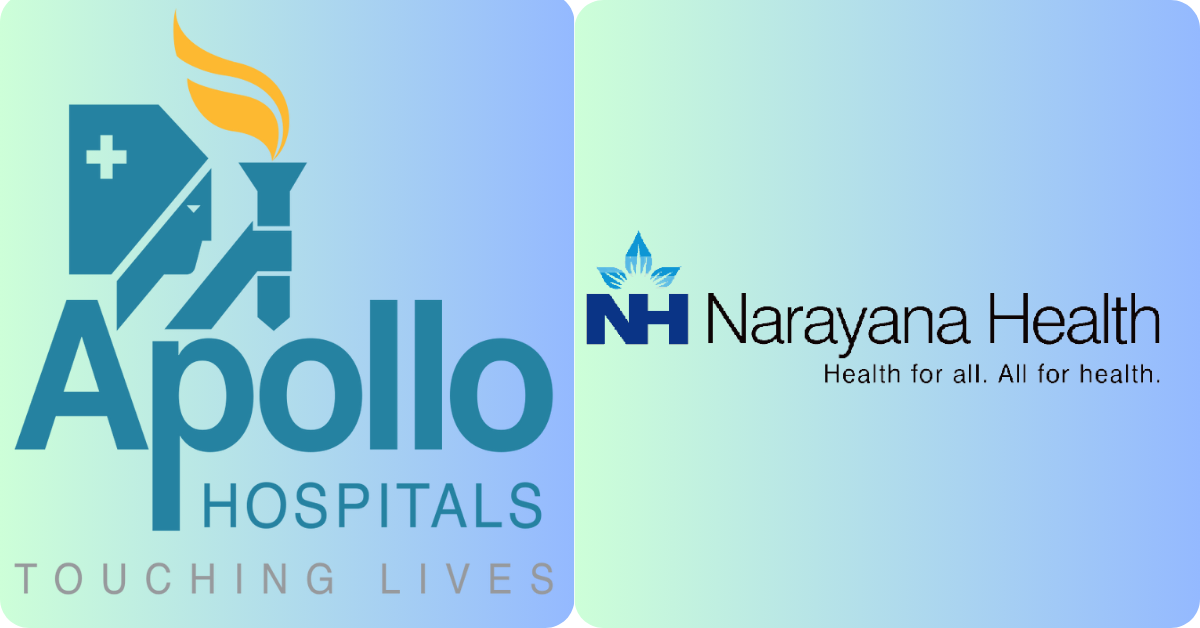Apollo Hospitals and Narayana shares: While the share prices of Fortis Healthcare, Max Healthcare Institute Limited, and Global Health Ltd (Medanta) are trading near their recent highs, those of Apollo Hospitals Enterprise Ltd and Narayana Hrudayalaya Ltd reached 52-week highs on Friday. As evidenced by the Q2 results, investor confidence is still high due to factors such as increasing hospital occupancy, rising average revenues per operating bed (ARPOB), and rising non-COVID treatment volumes. These factors also contribute to the improvement of hospitals’ financial performance.
According to analysts at Jefferies India Pvt Ltd’s result review report, three of the four hospitals under coverage in the second quarter of FY24 exceeded expectations, with one hospital performing as expected. Both volume and ARPOB increased during the quarter. Hospital divisions saw double-digit growth in sales and EBITDA throughout their entire coverage universe. The acronym for Earnings Before Interest Tax, Depreciation, and Amortization is EBITDA. Higher international revenue share continued to support the payor mix, while oncology supported the case mix. They maintain their positive outlook for the industry and have assigned Buy ratings to Apollo, Medanta, Max, and Fortis. – Apollo Hospitals and Narayana shares
Strong volume growth was recorded in the second quarter, supported by improved occupancy and an increase in patients from abroad. Many people’s overall ARPOB growth is also being aided by the increase in new hospital occupancy.
The average percentage of the ARPOB has grown by double digits, except for Global Healthcare and Medanta, whose new hospital in Patna has lowered overall average growth. While Medanta’s ARPOB increased in the mid-single digits, Fortis, Apollo, and Max Healthcare all saw double-digit YoY growth in 2QFY24. Analysts at Jefferies noted that Medanta’s ARPOB growth was less than that of its peers because the company’s new hospitals in Patna are starting up and have lower ARPOBs than average. Jefferies claims that the high ARPOB was caused by price increases for cash and self-pay patients that were implemented at the beginning of the fiscal year. partial rate increases for payers under the Central Government Health Scheme (CGHS) and the mix of therapies. The fact that ARPOBs have shown sequential flattish trends, even though the second quarter was a seasonally ARPOB-dilutive quarter, is another important factor, according to Jefferies analysts. This suggests that the upcoming quarters will see continued strong YoY ARPOB growth.
Improved payor mix and therapy mix contributed to earnings growth, which stayed robust in volume terms. Significant gains in Oncology revenue share were observed by Max and Fortis in the second quarter of FY24.





